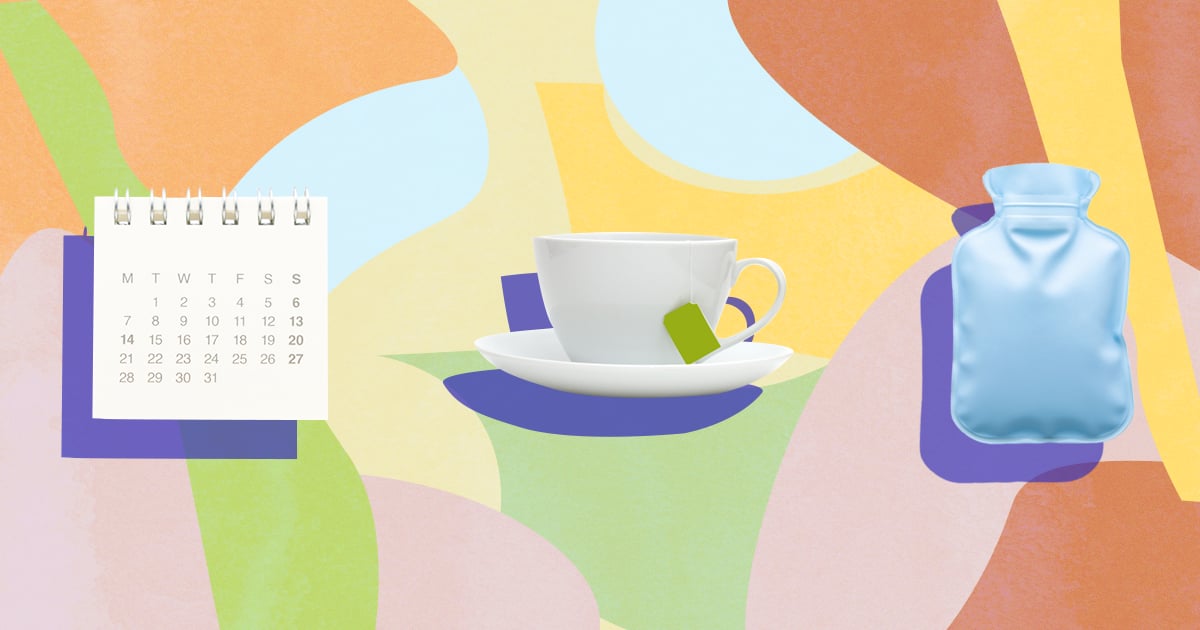Products You May Like
Outside of checking the back of your pants for redness for an average of six to seven days, cramps are one of the worst parts of periods. In fact, only a few years ago did doctors finally acknowledge that menstrual cramps — which are caused by strong uterine contractions depriving the uterus of oxygen through the blood — can be as painful as heart attacks.
To help lower the impact of cramps, “I recommend starting to take a pain reliever one to two days before your period and continue through the first two to three days of bleeding,” Dr. Odunsi says. Exercising and having a heating pad on hand to promote blood flow to the uterus are also solid tips for keeping the contractions and pain to a minimum. However, if painkillers (such as ibuprofen) don’t help, consulting with a physician may be the next course of action.
When you have a handle on the pain, you’ll also want to focus on what you’re putting into your body. Dr. Odunsi shares, “Eating a diet rich in complex carbohydrates may reduce mood symptoms and food cravings.” These complex carbs can include wheat bread, pasta, beans, lentils, and your favorite cereals. You can also add in calcium-rich foods (yogurt and leafy green vegetables) while keeping your fat, sugar, caffeine, and alcohol intake to a minimum.
